It sounds odd but it is a fact that despite so much poverty, obesity is on the rise in Pakistan. The World Health Organisation data indicates that 58.1% of Pakistanis are overweight, with 43.9% classified as obese, whereas about 40% of children in Pakistan are overweight or obese. Worldwide, in 2022, one in eight people were living with obesity, 43% of adults, aged 18 years and over, were overweight and 16% were living with obesity.
Why should obesity be of concern? Obesity or being overweight is the major factor for a number of health conditions that are prevalent in our society. “It is the root cause of not only insulin resistance and diabetes but a lot of other problems, such as hypertension, heart disease, vascular disease, cholesterol, stroke, arthritis, etc.,” says Dr Fatema Jawad, Consultant Diabetologist, SIUT.
According to an International Diabetes Federation report, in 2021, Pakistan has the highest diabetes prevalence rate at 30.8% and the comparative prevalence of diabetes in Pakistan has increased significantly, as 33 million adults are living with diabetes in the country. One in four adults (26.7%) in Pakistan is living with diabetes — the highest national prevalence in the world — while an additional 11 million adults have Impaired Glucose Tolerance (IGT), which places them at high risk of developing type 2 diabetes. Pakistan also has the highest proportion of deaths, (35.5%) under the age of 60 due to diabetes.
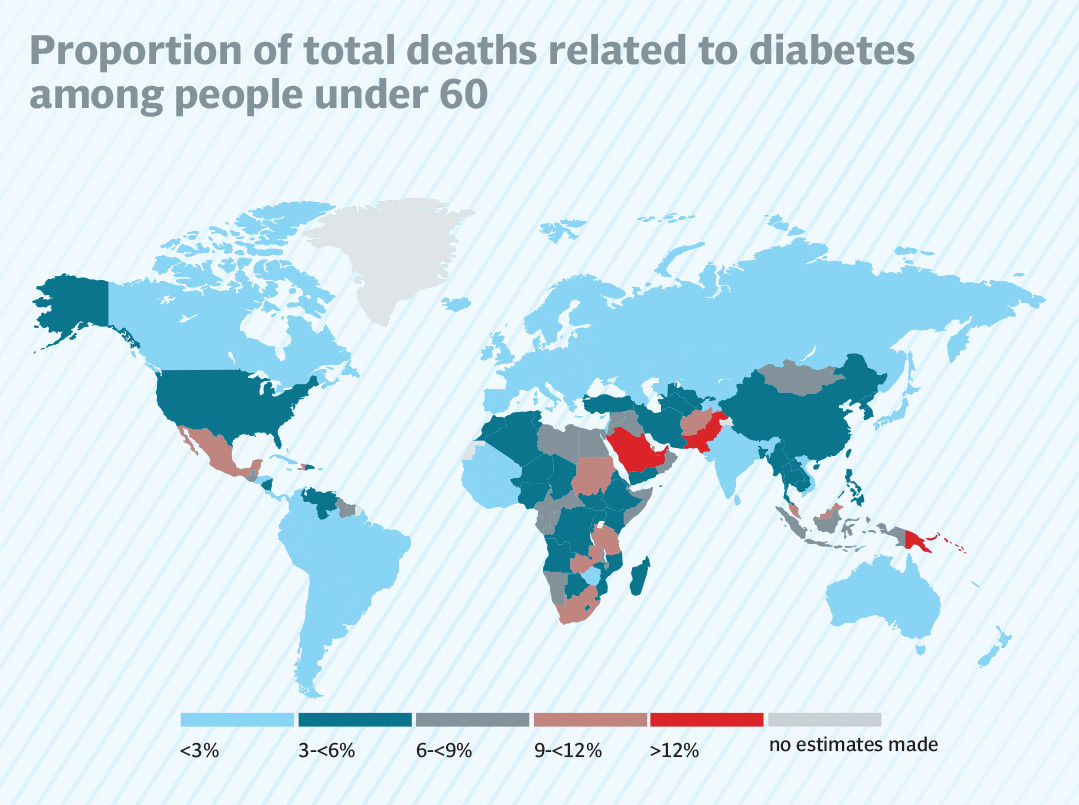
There are many factors for obesity; the most important being our eating habits and lifestyle. “We are eating wrong; we are not eating the right things and at the right time. We eat because we have nothing else to do,” says Dr Jawad.
Whether it’s a celebration or guests have come over or the family is out to relax, we eat all the time from snacks to fast food to oil-drenched local cuisine at late-night parties and weddings. And then we come back late and go straight to bed without giving food time to digest. Our staple diet is wheat bread and curry with little meat and a lot of oil and spices to make it tasty; because of this oil a lot of calories are consumed.
Add to this, the consumption of sugary drinks due to the hot weather and goaded by advertisements. “Sugary drinks such as lemonade, sugarcane juice, packaged juices, and soft drinks are consumed without giving a second thought to the sugar content and calories they contain,” says Dr Jawad. People have no awareness and they follow these advertisements which only emphasise the refreshing effect of drinks and not the adverse effects.
Another factor for obesity is sedentary lifestyle. There is no concept of regular exercise. People spend much time sitting first in their offices and then in front of the TV; even children spend most of their free time in front of the screens. It is such a sad situation that we place gadgets in young hands and do not encourage physical activity. In the absence of parks and playgrounds the children hang out with screens. Even if someone wants to engage in exercise there are not many options except for the expensive gyms; there are hardly any walking tracks and if one wants to walk on the road there are no footpaths and ofcourse there is the fear of being mugged.
Experts believe that obesity, especially too much fat in the abdomen and around the organs, called visceral fat, makes hormones that can contribute to chronic, or long-lasting, inflammation in the body, which may play a role in insulin resistance, type 2 diabetes, and cardiovascular disease. A waist measurement of 40 inches or more for men and 35 inches or more for women is linked to insulin resistance. This is true even if your body mass index (BMI) falls within the normal range.
Lack of physical activity is also linked to insulin resistance and prediabetes. Regular physical activity causes changes in the body that enables it to keep blood glucose levels in balance.
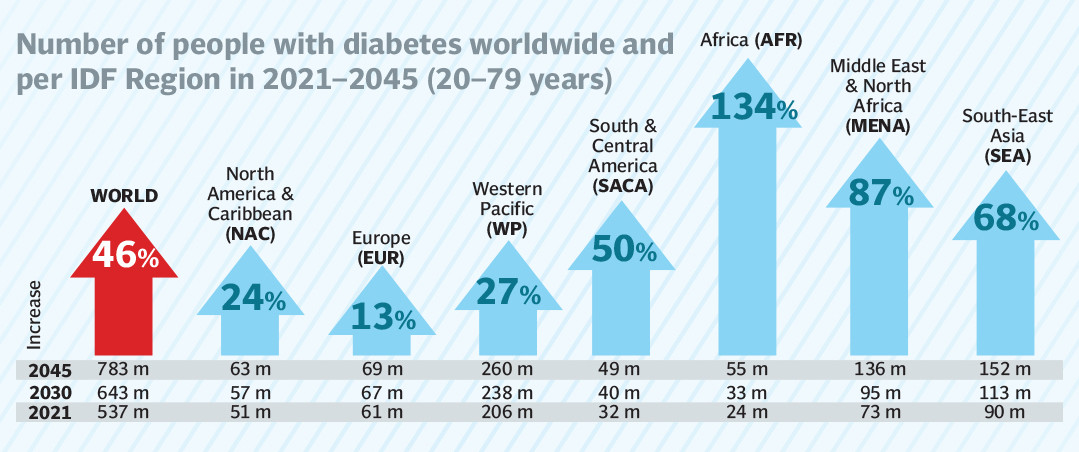
What is Insulin resistance?
“Insulin resistance can be explained as a situation when insulin [which is crucial for converting food into energy or storing that energy for later use] is present in the body but the cells in one’s body are unable to use it. As a result, the brain sends a message to the pancreas to produces more insulin. As the level of insulin in the blood increases, the insulin is there but it cannot work because there is resistance and when it cannot work the sugar level increases.
The main reason for it not being used is the fat that is preventing it,” explained Dr Jawad. The blood glucose levels stay in the healthy range as long as the pancreas is making enough insulin, but when the pancreas is unable to keep up, blood sugar starts to stay high after meals and that ultimately leads to what is called pre-diabetes.
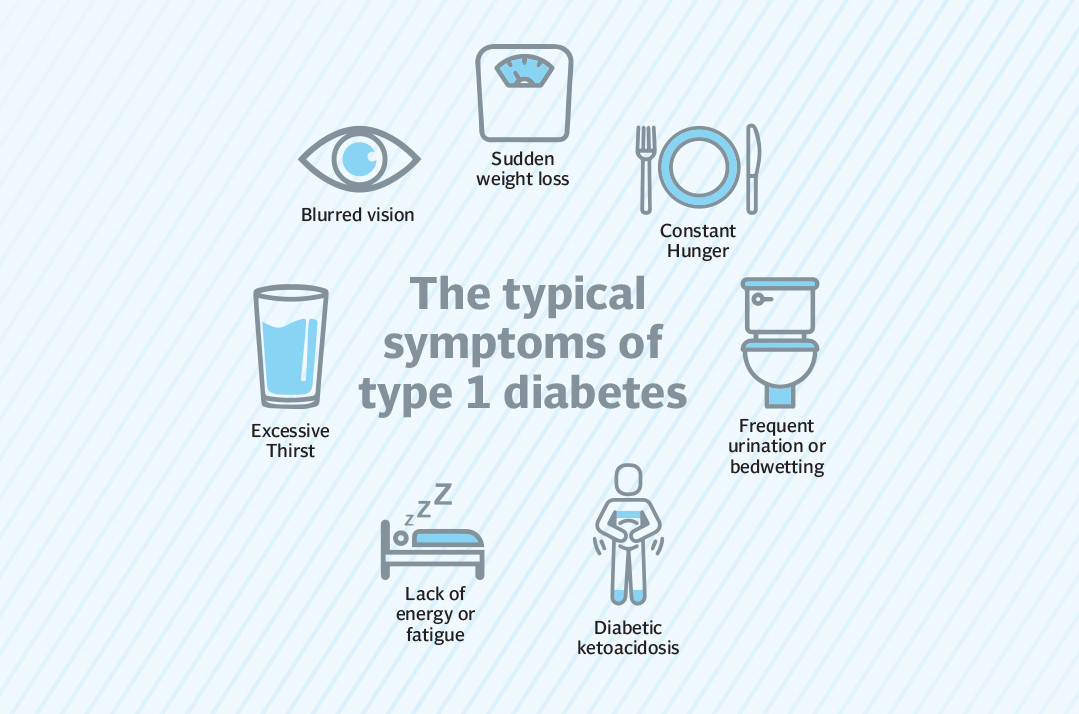
Who is at risk?
As stated earlier, the two main factors that contribute to insulin resistance are excess body fat, especially around the belly, and a lack of physical activity. However, a number of social and biological factors too contribute to a person’s risk of developing insulin resistance. For instance, people aged over 45, those who have health conditions such as high blood pressure and abnormal cholesterol levels, have a family history (i.e. your parent of sibling has type 2 diabetes), are more likely to have insulin resistance.
Insulin resistance is also more likely to occur in people who have a history of gestational diabetes, or have some metabolic or hormonal diseases such as polycystic ovary syndrome (PCOS), high blood pressure, heart disease, and non-alcoholic fatty liver disease.
“Certain medicine such as steroids do cause insulin resistance as well as diabetes. People with asthma and some kidney problems need steroids and they have chances of developing what is called secondary diabetes,” adds Dr Jawad.
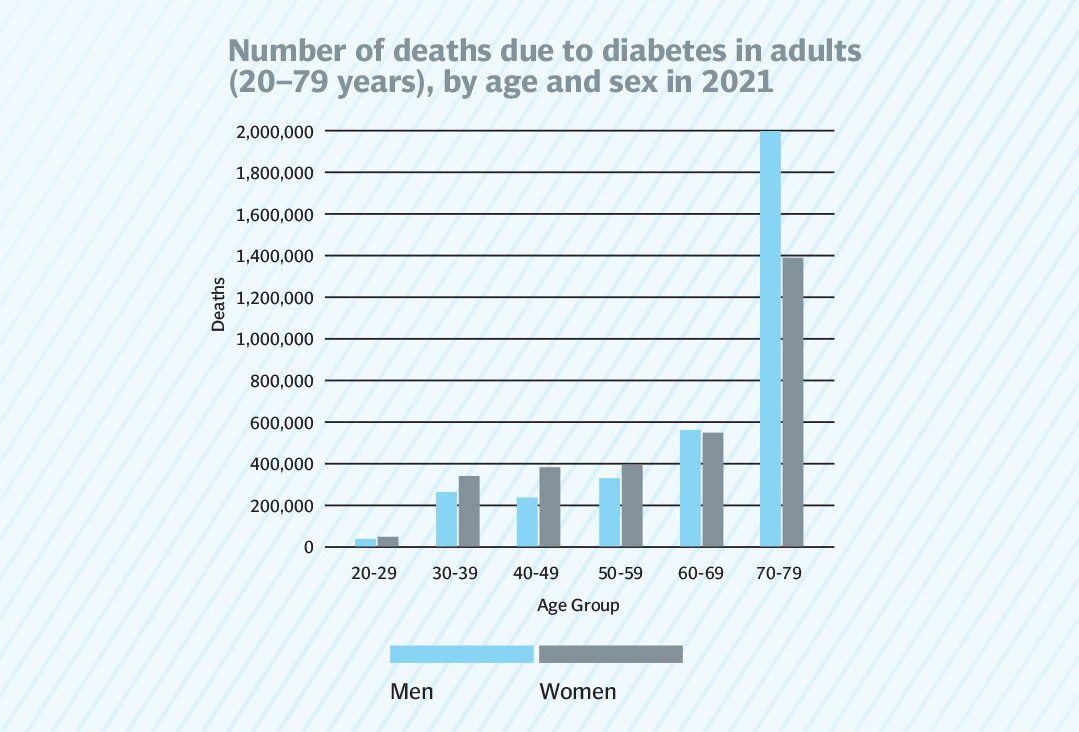
Symptoms and diagnosis
“There are no symptoms of insulin resistance. But you can see it coming if you are gaining weight, especially around the belly or what is called central obesity,” says Dr Jawad.
However, over time, as your pancreas is no longer able to produce enough insulin to overcome the resistance, which leads to elevated blood sugar, symptoms such as increased thirst, frequent urination, increased hunger, blurred vision, headaches, skin infections, and slow healing cuts and sores do occur.
It is difficult to diagnose insulin resistance as there are no symptoms and no routine testing for it. If insulin resistance is suspected due to your family or medical history, and if you are putting on weight, then you should get tested for blood sugar levels.

Complications
The effects of insulin resistance on the body vary from person to person. In most cases, it triggers high blood sugar (hyperglycaemia) and diabetes. Additional health complications that can result from high blood sugar include ketoacidosis and ketones, skin complications, heart disease, kidney disease, high blood pressure, stroke, neuropathy or nerve damage, and retinopathy, vision loss, or eye complications.
Zehrish faced problems as her insulin resistance was not diagnosed in time. As a child she was diagnosed with thyroid problem and was on medication to keep it in control. “After marriage when I came to the UK, I had problems in adjusting to the new medicine,” says Zehrish. She had this feeling of being unwell, she would get tired easily, had put on weight and her face and arms and feet looked puffy while her waistline increased in girth. “I suffered two miscarriages and the doctors blamed it on my thyroid issue. On someone’s recommendation, I consulted a doctor in the UAE. There tests showed that I have both PCOS and insulin resistance.” Had she been tested for gestational diabetes during pregnancy things might have been different, “but in the UK it is only done in the second trimester and things didn’t get to that stage”.
Zehrish was told that insulin resistance masks PCOS in people who have thyroid problem. Her oral glucose tolerance test revealed high glucose levels and she was put on Glucophage. “My doctor in the UK refused to prescribe Glucophage and asked me to control insulin resistance with lifestyle changes, while the doctor in UAE had told me that if I again get pregnant I should not discontinue taking Glucophage.” The reason being that high insulin levels are toxic to the placenta.
When Zehrish conceived again, she defied her doctor as she didn’t want to take any chances and continued with Glucophage and is now a happy mother of a beautiful two-year-old. It is not that she has not taken her UK doctor’s advice of lifestyle change and is still adhering to her low carb-high protein diet and exercise regimen.
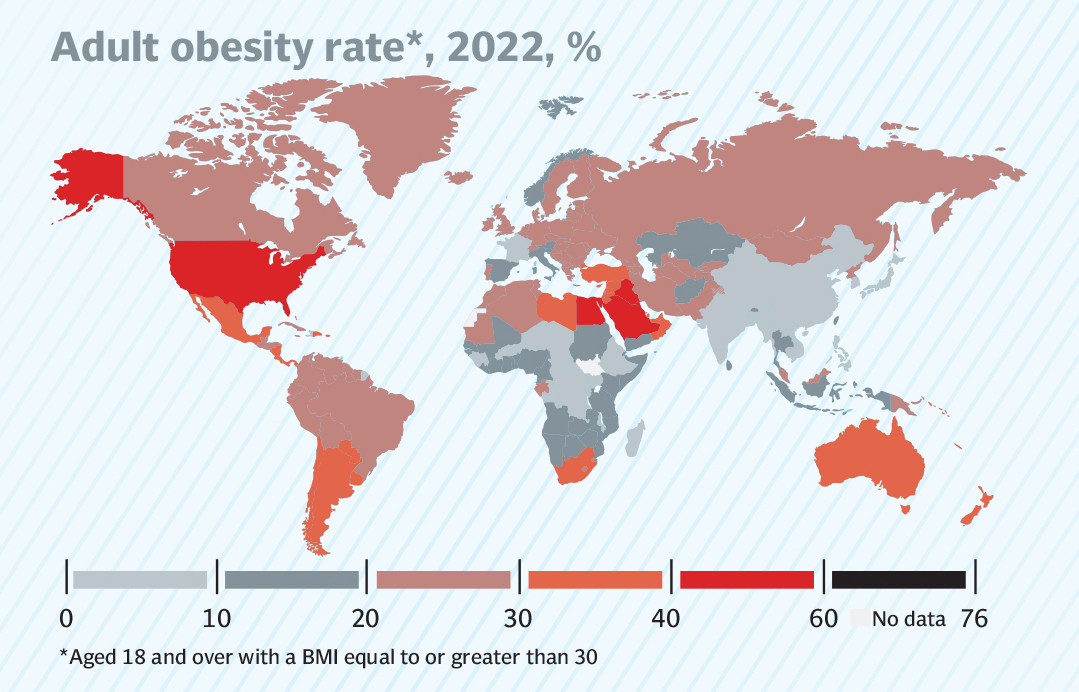
Reversal
However, the good news is that insulin resistance is reversible. “Though there are medicines to reverse it, a healthy lifestyle that includes diet, exercise, eating and sleeping on time is the best way to reverse insulin resistance,” says Dr Jawad.
Rabia’s case is a classic example of success in reversing insulin resistance. “It came as a surprise when my doctor told me that I was pre-diabetic,” says Rabia, in her late 50s. After recovering from Covid she had not been feeling quite herself and sought help. After some blood work, she was diagnosed as pre-diabetic, which the doctor told her was ‘a Prednisone gift’. “I had been prescribed the medicine to control the breathing issues.”
“I never had any symptoms and no clue that I could be pre-diabetic. While the doctor laughed it off telling me to go easy on sweet and starch, for me who craves desserts from brownies to gulab jamans it has been an arduous journey of cutting down on sugar and starch, and exercising every single day. At the end of three months, I would get a blood test done, only to find out that the sugar level showed no intention of moving — it was sitting tight at 6. In precisely nine months, I have managed to reverse my pre-diabetes and lose 10 kg, as in my third and latest HbA1c, the 6 was replaced by 5.5. It certainly called for a celebration, but not with sweets.”
Rabia’s story shows that perseverance pays. And that the best way to reverse insulin resistance is to lose weight, eat a diet that includes more vegetables, fruits, whole grains, fish and lean poultry, get regular amounts of moderate-intensity physical activity, and get plenty of sleep.
“If you have to reverse insulin resistance you have to normalise your lifestyle; not change it but normalise it,” emphasises Dr Jawad.
Rizwana Naqvi is a freelance journalist and tweets @naqviriz; she can be reached at naqvi59rizwana@gmail.com
All facts and information is the sole responsibility of the writer.
